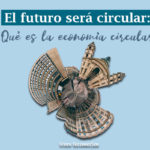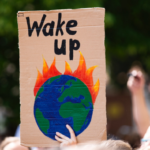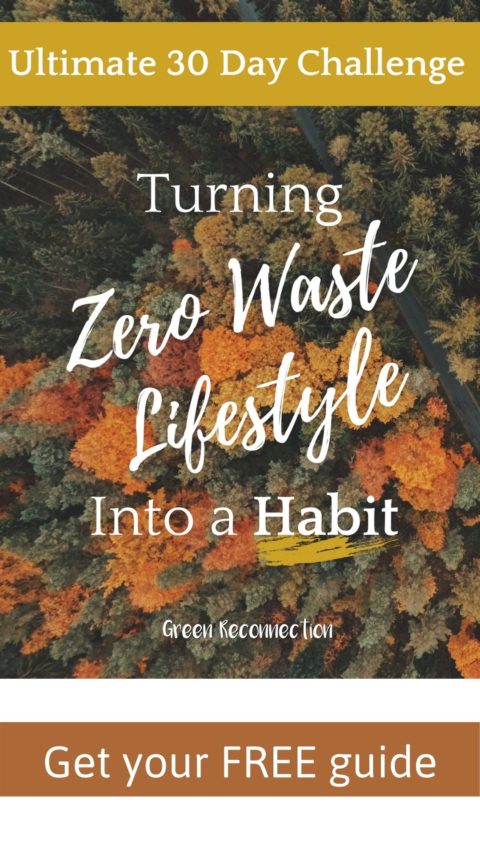Versión en Español disponible/ Spanish version
The future will be circular. With this idea, José Ferrer, a Mexican entrepreneur, wakes up every day. He strongly believes that we should question things that we perceive as normal but that actually are not right. “Just look at our surroundings and question the new order. We need a more active society.”, states José after asking him how he started Desplastifícate, his biodegradable cleaning products company that follows the model of the future, the circular economy.

José was very concerned about his family’s tendency to have cancer so he started to investigate possible causes. To his surprise, one of the most common causes is the carcinogenic substances contained in products, especially the cleaning ones. He shares that: “I never thought that big companies like multinationals allow their products to contain such harmful substances.” That is how questioning things that seem normal, like soap dishes that may have unclear ingredients, made him quit his job, start a company and sell eco-friendly and healthy products.
The circular economy is so much more than just selling eco-friendly products. It needs to accomplish a process that is much more complex and sophisticated. This model proposes changes from the beginning of the production process and always keeps in mind environmental conservation being sustainable. Consequently, society can benefit from this by acquiring better working conditions, a better quality of life, and economic growth.
The circular economy, as well as other similar models such as the Green Economy and the Sharing Economy, are the new systems suggested as solutions for capitalism and socialism.
Table of Contents
The failure of today’s model

Our cars spend 92% of their lifespan parked, previous to the COVID-19 pandemic, the offices were only used 30-50% of what could’ve been used, and we waste more than 31% of the food produced globally. The Ellen McArthur Foundation reports this data to demonstrate that we are not taking advantage of resources wisely and efficiently.
Today’s environmental model is known as the linear model. The United Nations states that this model has been exceeded as it is based on extracting materials, producing, selling, and sending most of its production to landfill waste.
Consequently, resources are only used once or the bare minimum of times. The very high economic and ecological cost of extracting nonrenewable resources drastically creates social and environmental negative impacts.
Moreover, the high waste has caused pollution, land degradation, biodiversity loss, massive species extinction, depletion of resources, and the accelerated increase of climate change.
Emma Ruiz Velasco, Master in Environmental Science and Water Treatment, studies how most medicines never degrade in the environment. Because of our waste, some medicine molecules remain and no water treatment plant can eliminate them. This causes the medicine’s active substance to end up in the ocean and the rivers. India has a severe health crisis caused by the high consumption of diclofenac, a medicine that never degrades.
Because it is impossible to degrade diclofenac’s molecules, these return to the rivers where fish, birds, scavengers, and more animals from the food chain die. This problem affects cities where the rising animal mortality attracts and increases rats and stray dogs. Consequently, India has high levels of rabies, only because of the contamination of a single medicine that costs the lives of more than 20,000 people annually.
What is the circular economy?

In the near future, one of the model’s goals is for people to see waste as a business opportunity. The circular economy model aims to shift paradigms and make a transition from a throwaway culture to a sustainable one.
In order to achieve this, not only do we have to reduce our waste but we also need to take advantage of the resources to our maximum capability. One of the suggestions is that before throwing something away, to consider fixing, redistributing, restructuring, restoring, maintaining, remanufacturing, and recycling it. Additionally, by implementing this, more jobs are created, there is economic growth, there is less stress on the environment, and we can make good use of new technologies.
Although the name of the model could seem to suggest that it is a completely closed cycle, it contemplates that it is impossible to eliminate 100% of all of the waste. Therefore, it suggests alternatives on how to achieve a low waste culture.
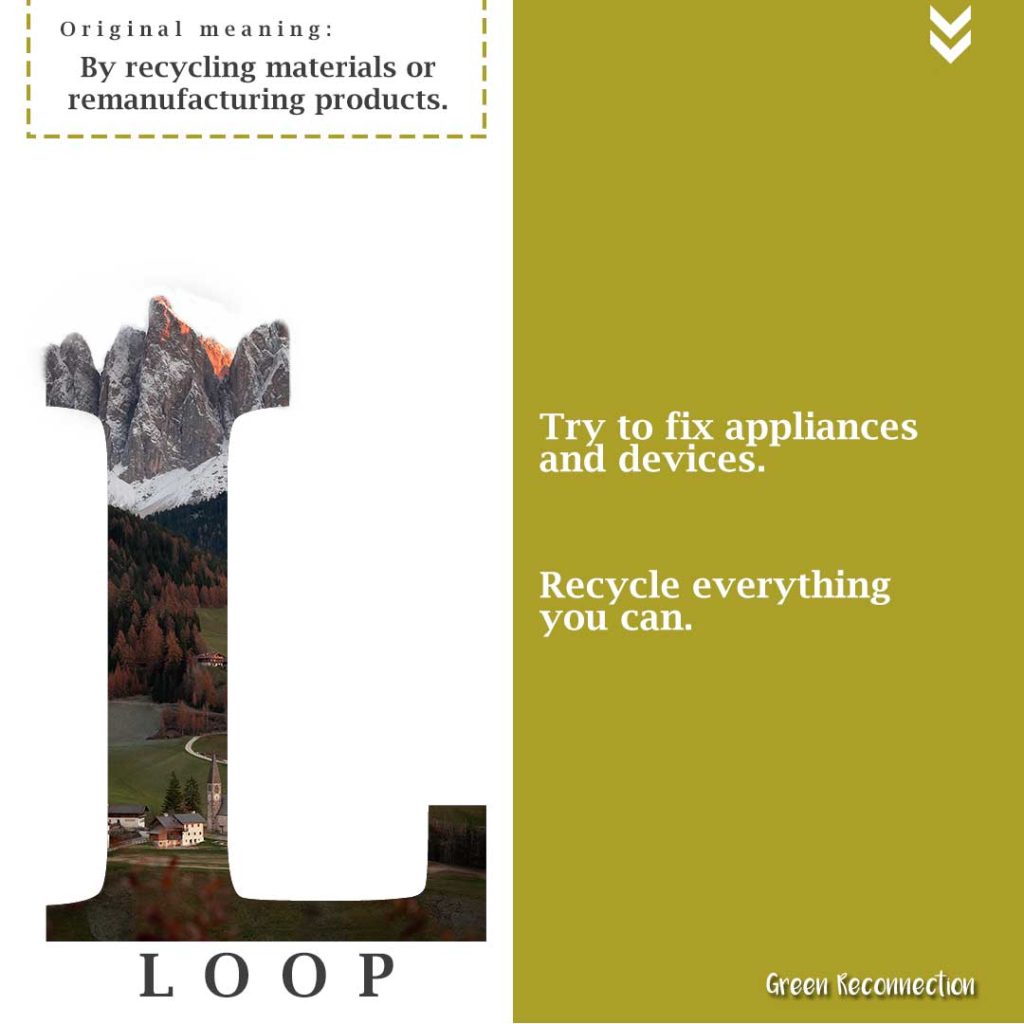
The Ellen McArthur Foundation has identified 6 actions governments can execute for a quick and safe transition. The analysis is known as “RESOLVE” and it means:
- REgenerate- by using renewable sources and taking care of the environment. Restore the ecosystems’ health.
- Share – by using second-hand products, renting, or sharing with other people.
- Optimize – by creating and designing products with a longer lifespan.
- Loop- by recycling materials or remanufacturing products.
- Virtualize- by boosting new technologies that reduce the creation of tangible objects.
- Exchange – by substituting materials for better options such as renewable or sustainable ones.
Why we don’t accelerate the transition
In theory, the circular economy model seems to resolve our main social, economic, and environmental issues, however, there have been other similar models proposed way back in the 70s which make us question the likeliness of its implementation worldwide.
Although there are thousands of projects globally, government initiatives, and programs of the United Nations that support the circular economy, it hasn’t become very popular or accepted yet. There are two main reasons for this: particular interests and the long and hard-working process of change.
Doctor on Economic History, Francisco Vidal, explains that: “If there isn’t legislation that obligates companies and governments to change, they’ll hardly do it by free will. They need to support the technology and innovation beyond particular interests.”
Moreover, our social structure would need to transform, challenging today’s consumerism. Historically speaking, this is a demanding task when choosing to change an 18th-century system. “This economy is absolutely destructive. We live in this contradiction, where the capitalist economy builds and destroys, however, the destruction that we do is severe. This world needs to be organized differently, but several generations need to pass in order for this to happen”, states Dr. Vidal.
As Dr. Vidal mentions, it is urgent to make wise use of resources. It isn’t necessary for the rest of the countries to follow the same path as the ones already developed because we have to redefine what we understand about the meaning of development. Dr. Vidal suggests that: “If we measure development through the amount of consumerism of a country, those countries will never equal the rest. We have to think about development in consonance with nature. Having only the minimum necessary or even a little less might be different but a more humane development.”
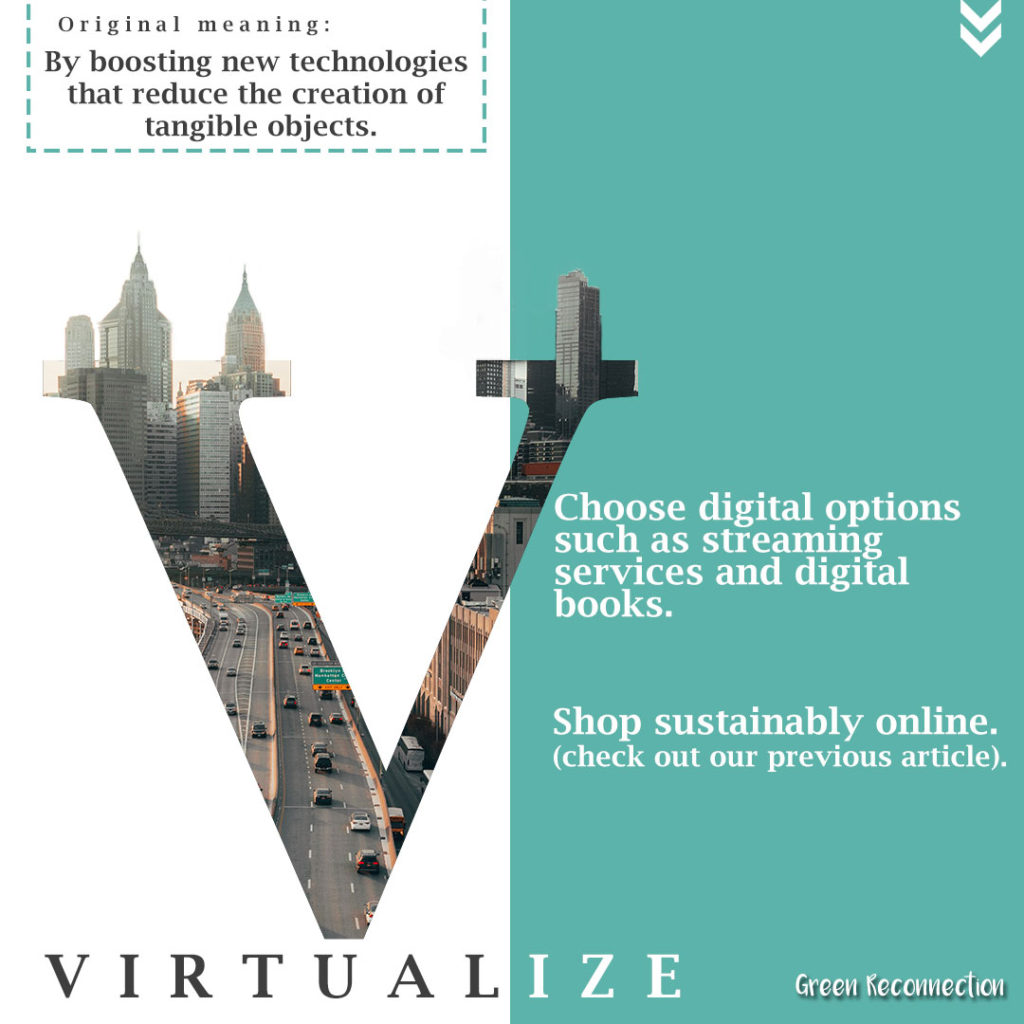
Additionally, another issue that needs to be addressed is education and knowledge about the climate crisis as well as the circular economy model. There are still many people who don’t believe in the danger that we will be facing in the next couple of years if we don’t act now. “We live in a wasteful economy and what we waste the most is the human being; the talent, the human power, and the education,” explains Dr.Vidal. He also emphasizes that if we understand the benefits of a sustainable lifestyle, then any theoretical change that the model lacks can be added more easily.
On the other hand, we need fresh ideas to create different processes and business models. José Ferrer shares that Desplastifícate’s main challenge is to continue growing but always keeping in mind the model’s principles. He states that: “Expanding the business to the rest of Mexico involves new ways of doing things. We have thought of expanding but before we can do that we have to solve different problems. For example, in what containers would we have to transport our products because we use glass containers and that makes the logistics more complicated.”
Moreover, the model requires time and new strategies to be developed efficiently. This is one of the reasons why the circular economy model grows gradually because it has to take into consideration many aspects such as new ways of designing and imagining the future we want to build.
One of the main critiques is that this model is only for small businesses with handcrafted processes. Nevertheless, Desplastifícate is an example that this is not true. This business is the perfect balance between a handcraft and an industrial process that keeps up great quality and high production.
Additionally, the circular economy is not exclusive to small businesses. A clear example is the Italian multinational Enel. According to the Instituto de Economía Energética y Análisis Financiero, Enel is one of the best recognized sustainable energy companies and is loyal to the model. Based in more than 20 countries, they focus on following 100% sustainable processes from the fabrication of their products by increasing their lifespan, to the construction, transportation, and installation.
Montserrat Palomar, Mexico’s Sustainability Manager shares: “It is a process. The most common thing is that businesses start working with Philanthropy, then, they focus on Corporate Social Responsibility and in third place, they migrate to Sustainability, where the companies will support causes that because of the nature of their business they have to be responsible for.”
Mexico’s role in sustainability

Enel has succeeded to follow the circular economy model in Mexico, although it isn’t a country that is known for looking forward and working for a sustainable future. Montserrat explains that what is remarkable about Enel’s success is their strategic planning by taking into account each one of their actions and how these affect them locally.
The only way to safely transport the solar panels and follow sustainable procedures is by using large amounts of wood. Therefore, Enel created partnerships with local communities where the panels were installed. They offered them the wood so that they could give it a second use. Consequently, the communities used the wood to fix their houses or sold products that helped their local economy.
“Enel has known how to have corporate governance with policies and strong operating instructions that advocate the strategy, and on the other hand, the performance is accompanied by local support. It is a process that is alive. Everything is being built as people propose it”, states Montserrat Palomar.
“Mexico is a privileged country in eolic and solar resources and in biodiversity. When we see the opportunities that the world has of generating and preserving resources, we become the protagonists of the map”, mentions Montserrat, very optimistic about the options that businesses and individuals can choose for sustainable development. She concludes that: “It is necessary to see how to collaborate globally on everyday aspects and thus impact global processes.”
According to the United Nations, the circular economy challenges our contemporary lifestyle and offers an integral alternative for the most urgent and severe issue that we, as humanity, have faced.
If you liked this article, you can also find us on Instagram and Facebook.
You may also be interested in: How to Shop Sustainably Online
How to Avoid Toxic Products For a Chemical-Free Home.
The translation was made as exact and accurate as possible to the original testimonies. However, there may be some slight variation due to translation.



